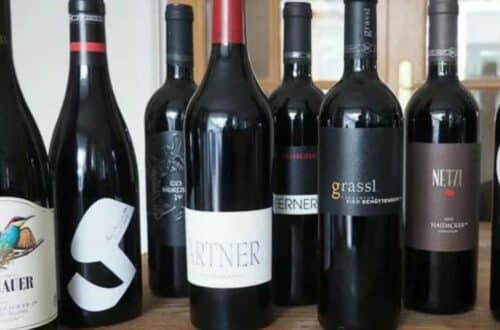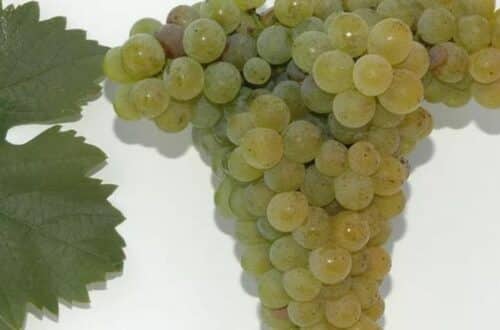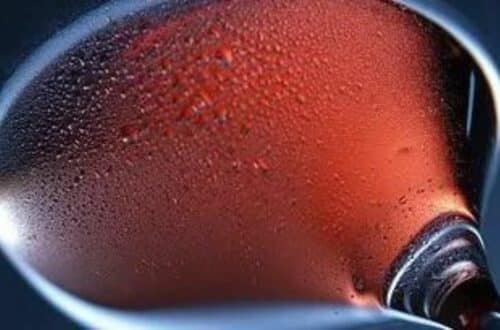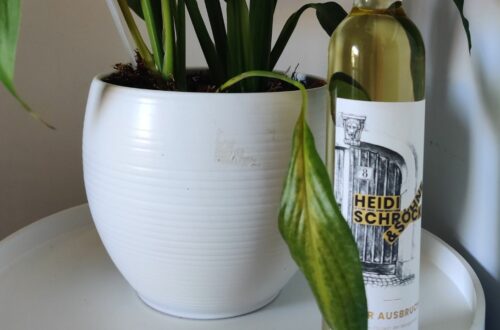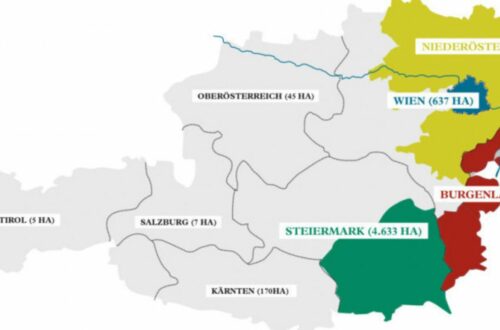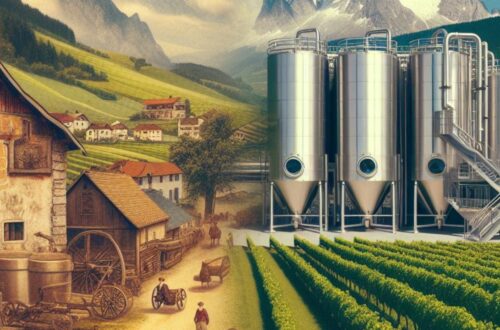-
What to eat with a Saint-Laurent wine?
Austrian cuisine, aka “Viennese” cuisine, is like a delicious melting pot reflecting the diverse cultural influences that have flavored the Austro-Hungarian Empire over the centuries. This hearty and flavorful cuisine is rooted in Nordic heritage and is as distinctive as its wines, thanks to the local terroir. The Austrian kitchen features a vast array of ingredients like Schwammerl (wild mushrooms),…
-
How long can you keep Zweigelt wine?
Zweigelt is a new variety selected in 1922 by Dr. Fritz Zweigelt, LFZ Klosterneuburg, from St. Laurent and Blaufränkisch. Its dissemination is due to the fact that Lenz Moser planted the variety in high culture on a large scale and recommended it to other winegrowers. Towards the end of the last century, when areas cultivated for red wines were extended,…
-
What is Rotgipfler?
Austria boasts an impressive selection of wines made from globally celebrated grape varieties like Riesling, Pinot Blanc, Chardonnay, Muscat Blanc à Petits Grains, Traminer, Pinot Noir, Merlot, Cabernet Sauvignon, and Syrah. However, the assortment of indigenous grape varieties is even more noteworthy. The term “indigenous” refers to grape varieties that have originated almost exclusively in a particular region through natural…
-
Should Zweigelt be chilled?
Hey there! Heard there’s some debate about chilling Zweigelt! When it comes to the serving temperature of red wines, a longstanding debate exists, and Zweigelt, an Austrian red grape variety, finds itself at the center of this discussion. The question arises: Should Zweigelt be chilled? While conventionally red wines are enjoyed at room temperature or slightly below, there is a…
-
What type of wine is Ruster Ausbruch?
There is ample archaeological evidence to suggest that the Romans were producing wines in the Burgenland region of Austria in order to supply their large settlements in Carnuntum and Vienna. The area around Neusiedlersee, a large lake shared between Austria and Hungary, became particularly famous for its sweet wines. The town of Rust, located on the western shore of the…
-
What does DAC stand for in wine?
Let’s explore the DAC world of Austria! The Qualitätswein designation in Austria authorizes 40 authorized grape varieties and can originate from nine generic wine regions (what I called areas in the most famous wine regions of Austria) named after administrative regions, as well as specific wine regions within these areas. The main generic wine regions (or areas) are Niederösterreich (Lower…
-
A Quick Guide to Austria’s Top Wine Regions
If you weren’t so good in geography at school, let me come with a key reminder : Austria is nestled in the heart of Europe. A lot of people are surprised when I remind them that Austria is renowned for its picturesque vineyards, diverse grape varieties, and exceptional winemaking traditions. Indeed, it has a rich and vibrant wine culture that…
-
History of wine in Austria
The first traces of Austrian wine were discovered during the Bronze Age, in the 10th century BC, in the Traisental valley and the Weinviertel. The discovery of other grape seeds in the Burgenland was during Celtic times around 700 BC. Wine culture then spread to the banks of the Danube (the region we know call Carnuntum) and to Styria, a…



